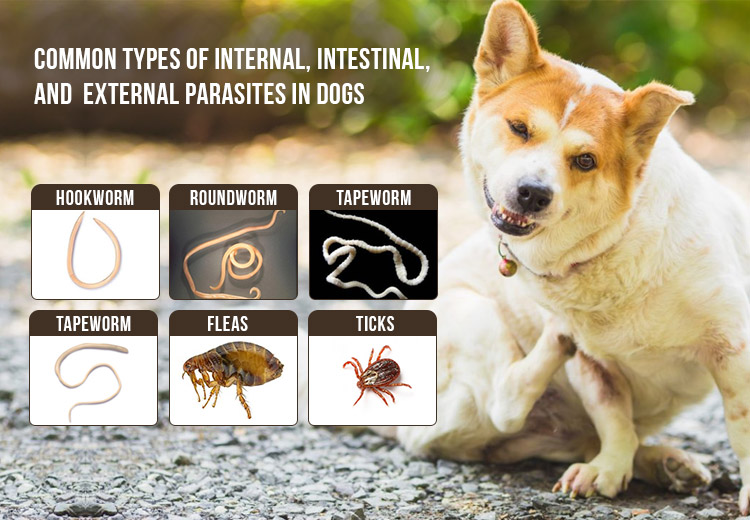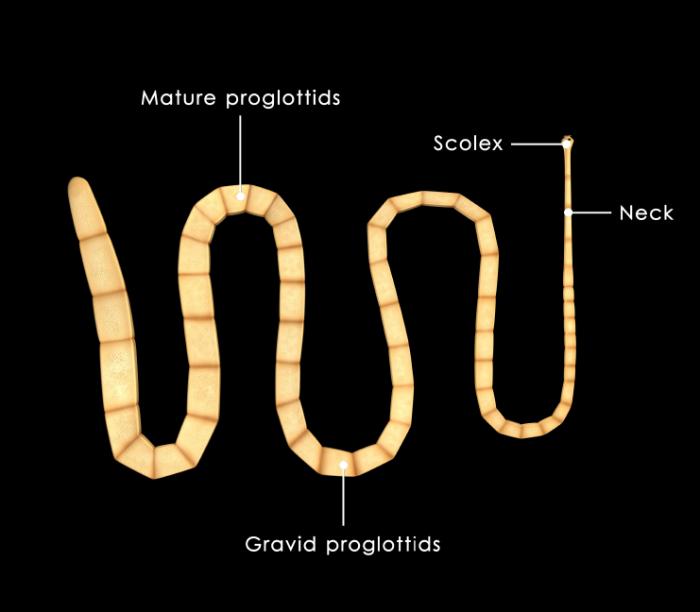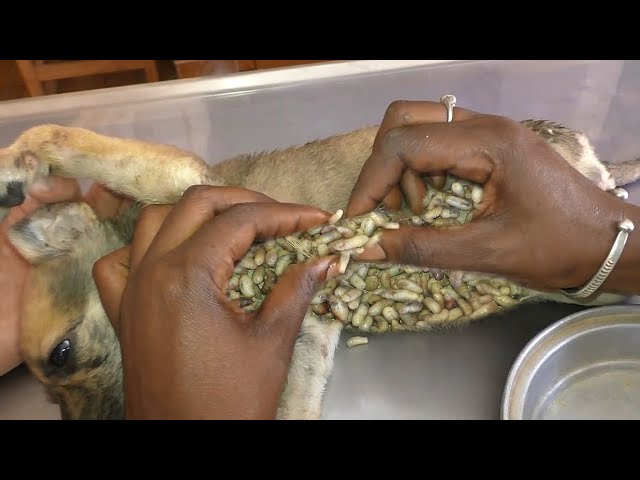How to Safely Remove Worms from Your Dog’s Body: A Complete Guide
Worm infestations in dogs are a common health issue that pet owners must address to ensure their furry friends remain healthy and happy. Parasites like roundworms, tapeworms, hookworms, and whipworms can cause a range of health problems, from digestive issues to more severe complications if left untreated. In this comprehensive guide, we will walk you through the process of safely removing worms from your dog’s body, from recognizing the symptoms to selecting the right treatment options.
Common Types of Worms in Dogs

Before diving into the treatment process, it’s essential to understand the most common types of worms that affect dogs:
1. Roundworms

- Symptoms: Vomiting, diarrhea, bloated abdomen, weight loss, visible worms in the stool or vomit.
- Transmission: Dogs can ingest roundworm eggs from contaminated food, soil, or infected rodents.
2. Tapeworms

- Symptoms: Itching around the anus, visible segments of worms in the stool, weight loss, and lethargy.
- Transmission: Dogs typically ingest tapeworm larvae from fleas or consuming infected rodents.
3. Hookworms

- Symptoms: Diarrhea, vomiting, weight loss, pale gums, lethargy.
- Transmission: Dogs can get hookworms through contaminated soil or direct contact with infected feces.
4. Whipworms

- Symptoms: Bloody diarrhea, weight loss, lethargy, and possible anemia.
- Transmission: Whipworms are often spread through contaminated food or water sources.
5. Heartworms (Though not technically a “worm” in the digestive system)

- Symptoms: Coughing, fatigue, weight loss, and difficulty breathing.
- Transmission: Heartworms are transmitted through mosquito bites and live in the dog’s heart and lungs.
Recognizing the Symptoms of Worms in Dogs

The first step in removing worms from your dog’s body is to recognize the signs of an infestation. Some symptoms are subtle, while others may be more obvious. Look for these common signs:
- Changes in Appetite: Dogs with worms may either lose their appetite or eat excessively in an attempt to combat weight loss.
- Vomiting or Diarrhea: Worms often cause gastrointestinal distress. If your dog has frequent or bloody diarrhea, it’s crucial to seek veterinary care immediately.
- Visible Worms: You may notice worms in your dog’s stool, vomit, or around their anus. Tapeworms appear as small, white, rice-like segments.
- Lethargy and Weight Loss: If your dog seems unusually tired or loses weight despite eating well, this could indicate a parasitic infection.
- Bloated Abdomen: Roundworms and other parasites can cause your dog’s belly to appear swollen or bloated.
How to Safely Remove Worms from Your Dog’s Body
1. Consult Your Veterinarian
If you suspect your dog has worms, the first step is always to consult your veterinarian. They will perform a thorough examination, which may include a stool sample analysis, to determine the type of worm infestation and the appropriate treatment. Early diagnosis is critical for the best outcome.
2. Administer the Right Deworming Medication

Depending on the type of worm identified, your vet will recommend the best deworming treatment. These may include:
- Oral Medications: The most common treatment for worms is deworming tablets or liquid medications that your dog takes by mouth. Medications like fenbendazole, pyrantel pamoate, or praziquantel are commonly used for roundworms, hookworms, and tapeworms.
- Injectable Treatments: In severe cases, especially with heartworms or other resistant infections, an injection of medication may be needed.
- Topical Treatments: Some medications are applied directly to the skin (like flea and tick preventatives), which can also prevent certain types of worms, such as tapeworms, especially when used in conjunction with flea control.
Note: Always follow the vet’s prescription and dosage instructions carefully. Never self-medicate or use over-the-counter treatments without veterinary guidance, as incorrect dosing can lead to harmful side effects.
3. Preventative Treatments
Once your dog is free of worms, your vet may recommend an ongoing parasite prevention plan. This could include:
- Monthly Preventative Medications: Oral tablets or topical treatments to protect against heartworms, roundworms, hookworms, and other intestinal parasites.
- Flea and Tick Prevention: Since fleas can transmit tapeworms, using a regular flea and tick prevention program is crucial in reducing the risk of future infestations.
- Environmental Control: Regularly cleaning your dog’s living area, picking up feces, and maintaining a hygienic environment can help prevent reinfection.
4. Supportive Care
While treating your dog’s worm infestation, you may need to provide supportive care to help them recover fully:
- Hydration: Ensure your dog has access to fresh water to stay hydrated, especially if they’ve been vomiting or experiencing diarrhea.
- Nutritious Diet: Offering a balanced, nutritious diet can help restore your dog’s energy levels and aid in recovery. If your dog’s appetite is low, try offering smaller, more frequent meals.
- Rest and Monitoring: Provide a quiet, comfortable place for your dog to rest. Monitor their progress, noting any changes in behavior, appetite, or stool.
5. Monitor for Recurrence
Even after successful treatment, you should monitor your dog for any signs of recurrence. Regular stool checks and veterinary visits are vital to ensure your dog remains worm-free. Your vet may also suggest regular deworming treatments every 6 months to keep worms at bay.
Preventing Worm Infestations in the Future
Prevention is key to avoiding future worm infestations. Here are a few important tips to keep your dog healthy and parasite-free:
- Routine Deworming: Even if your dog isn’t showing signs of worms, regular deworming is essential, particularly for puppies and adult dogs who are at higher risk.
- Flea Control: Fleas are a major vector for tapeworms, so use flea preventatives year-round.
- Clean Environment: Regularly clean your dog’s bedding, toys, and living area to minimize the risk of parasite contamination.
- Avoid Raw Meat: If you feed your dog raw meat, there is an increased risk of worm infestation. Always cook meat thoroughly before feeding it to your dog.
- Limit Access to Contaminated Areas: Avoid letting your dog drink from puddles or eat food that could be contaminated with eggs or larvae.
Worm infestations in dogs can be a serious concern, but with the right knowledge and care, they are treatable. By recognizing the symptoms early, consulting a veterinarian, following prescribed treatments, and implementing preventative measures, you can ensure your dog remains healthy and free of parasites. Regular veterinary check-ups and parasite prevention will not only help protect your dog from worms but also enhance their overall well-being and quality of life.
If you suspect your dog has worms, don’t delay—seek professional help and take the necessary steps to eliminate the infestation. Your furry companion will thank you for it!





